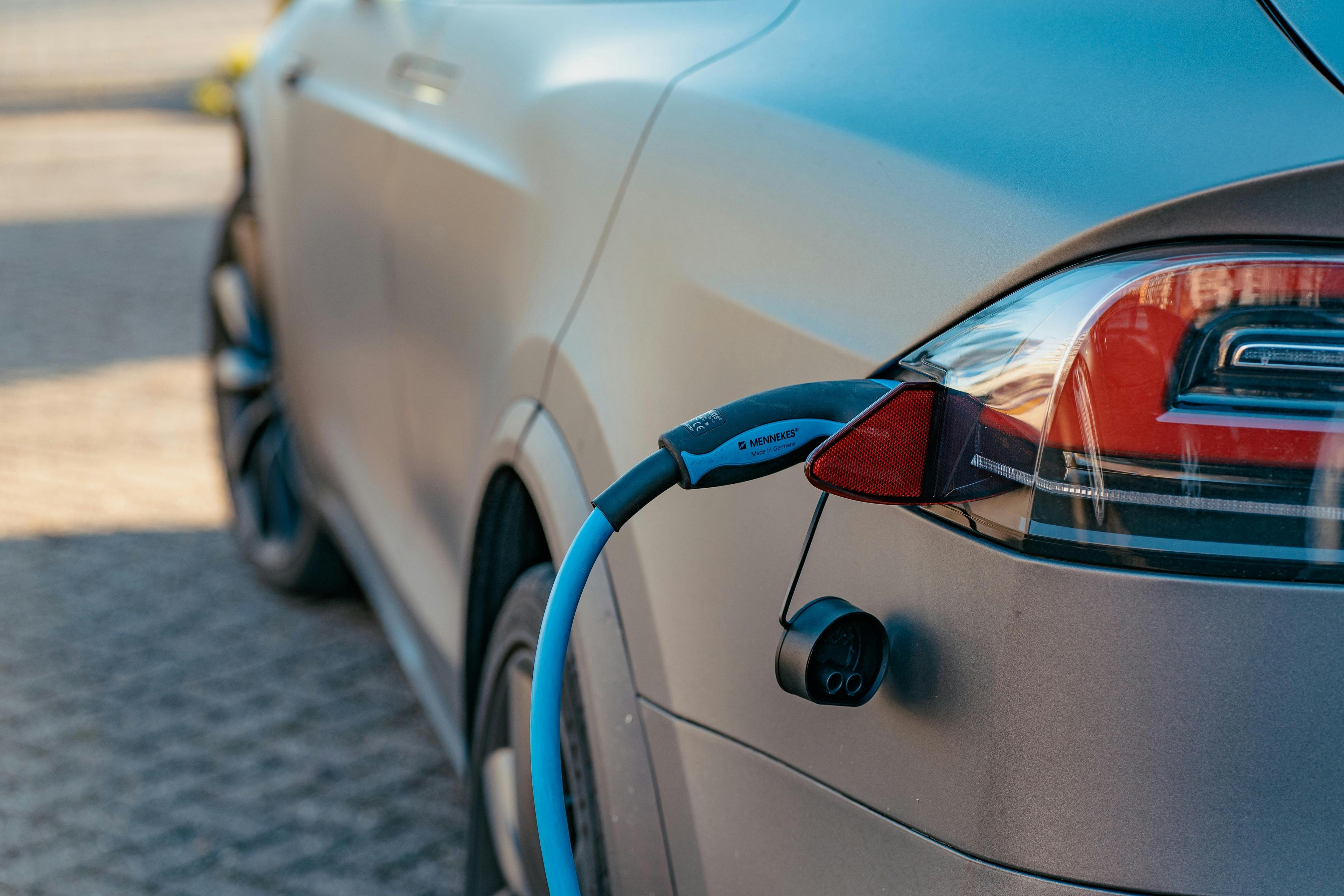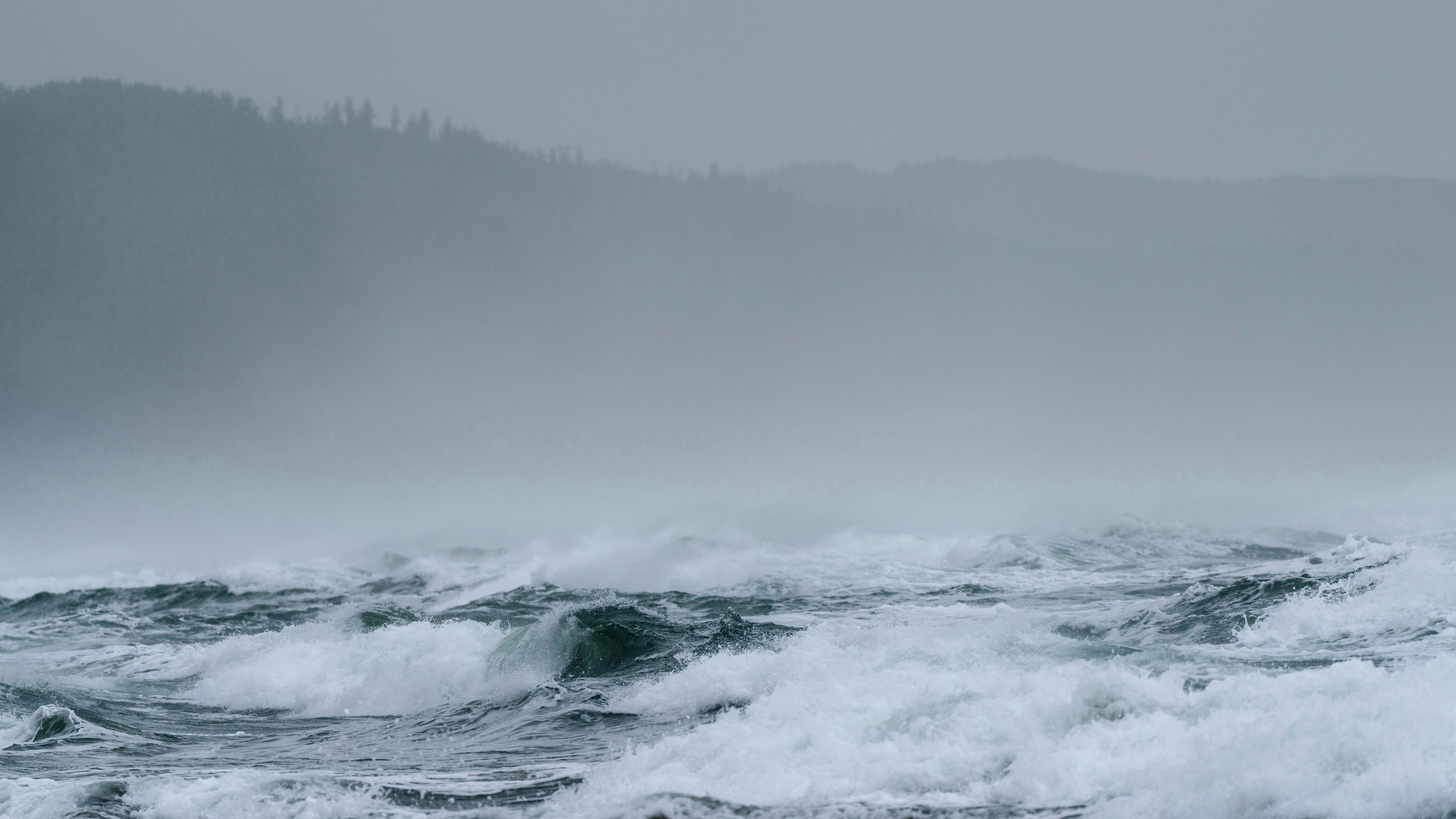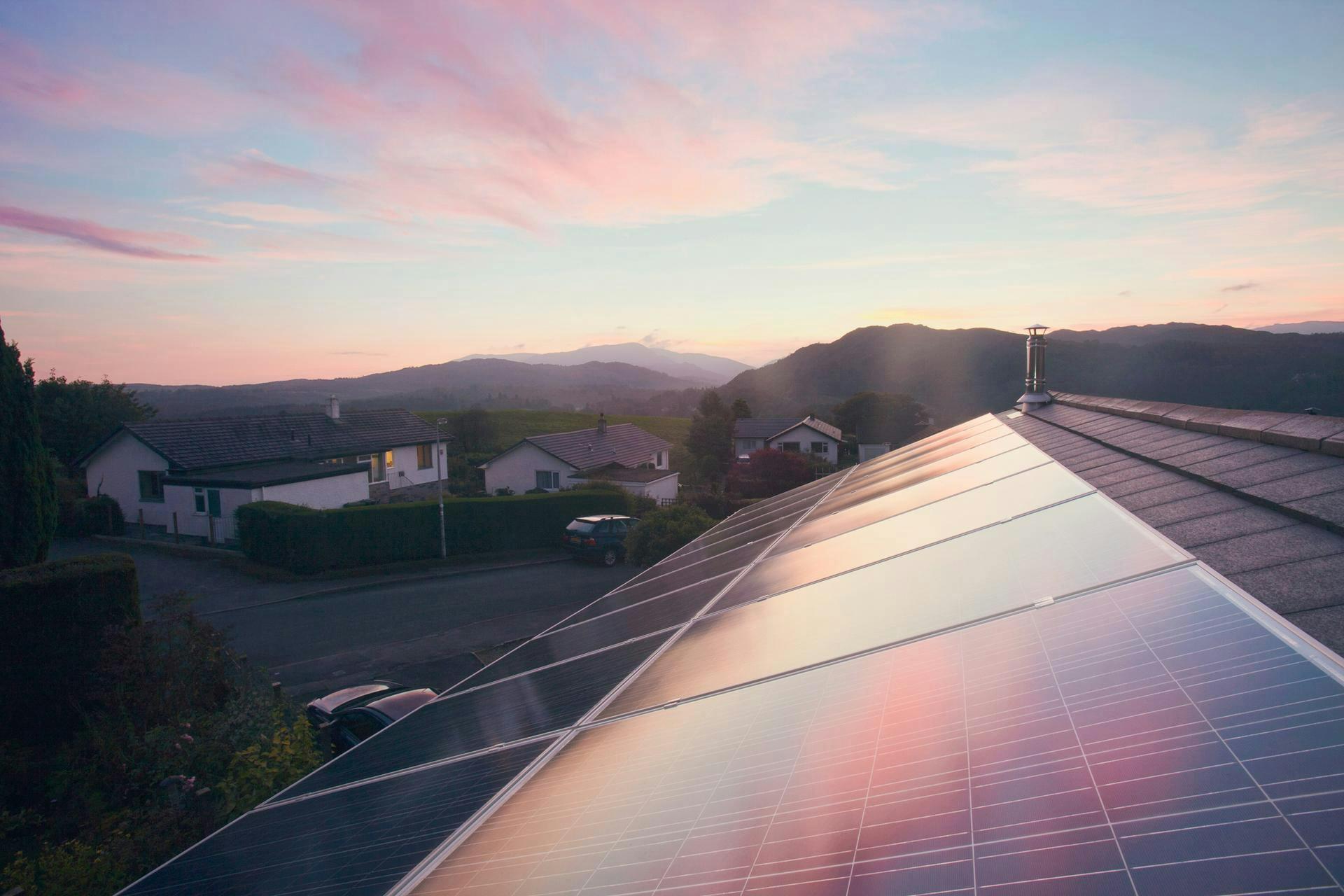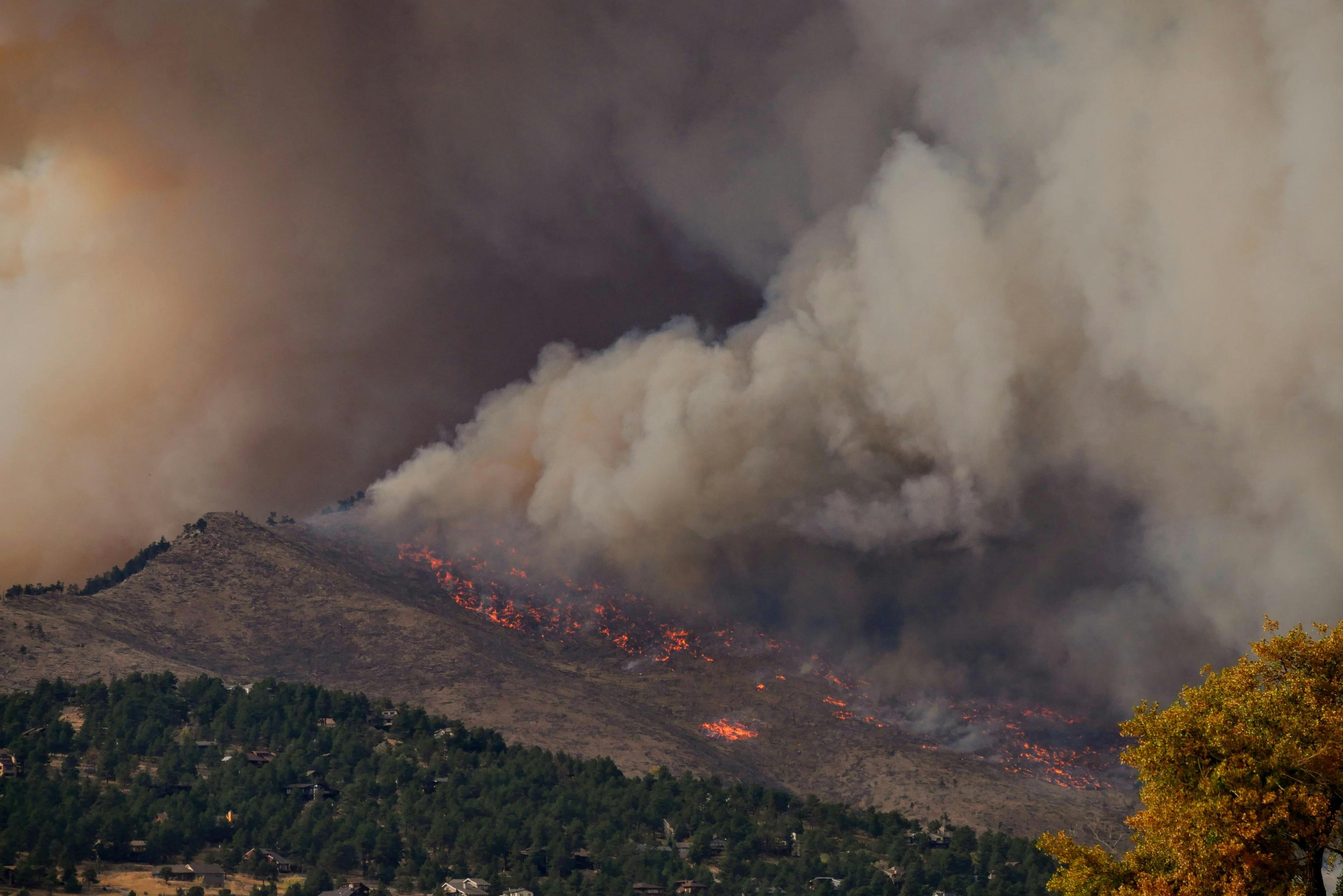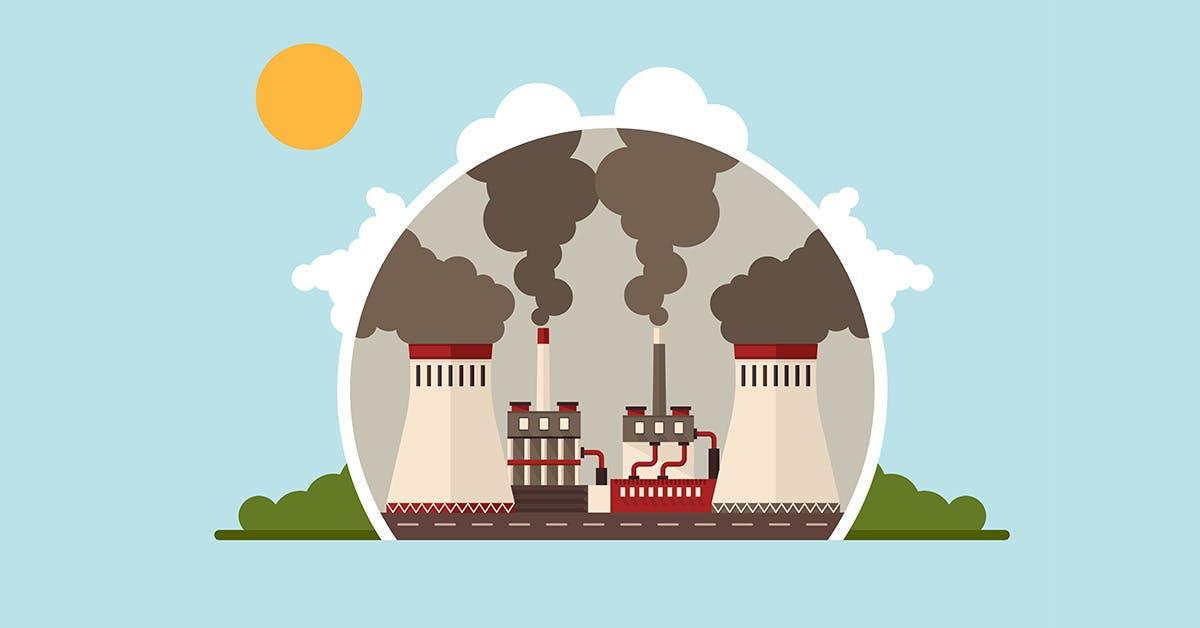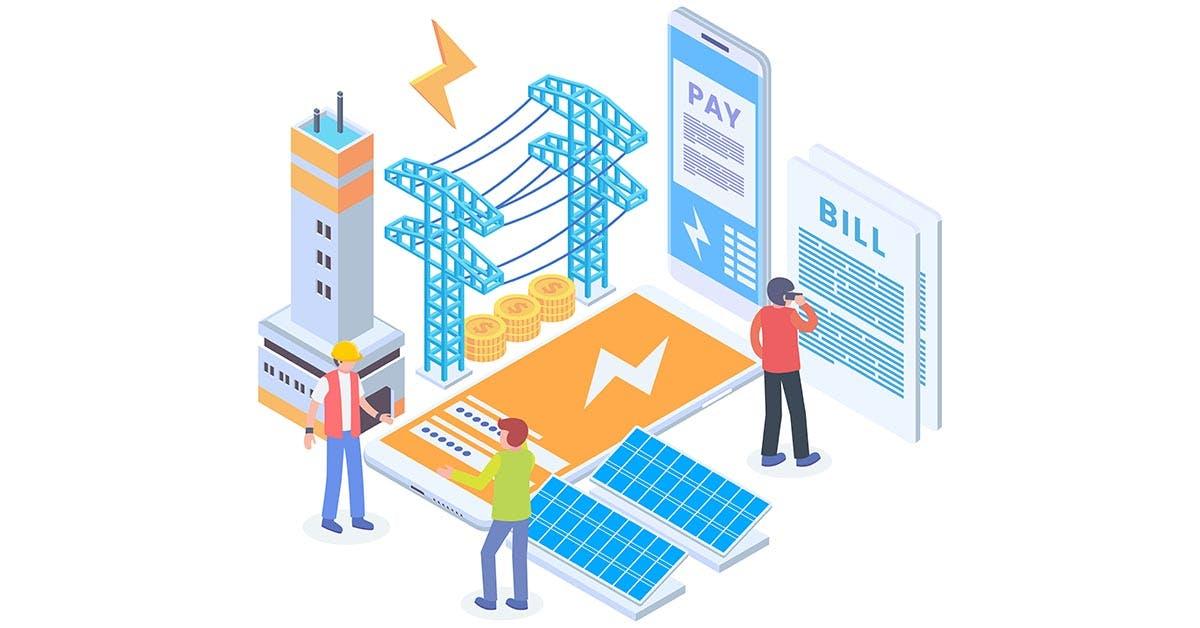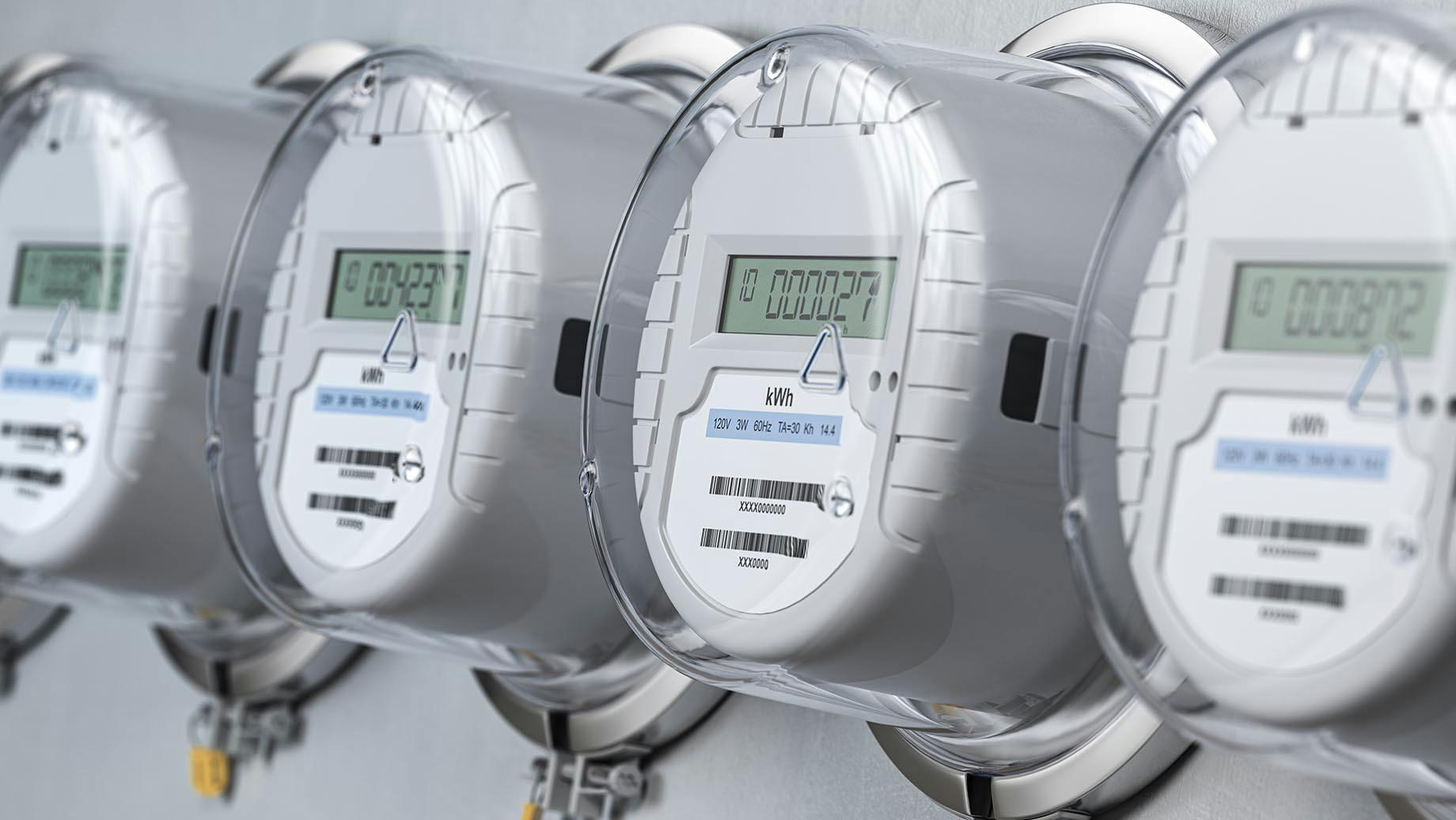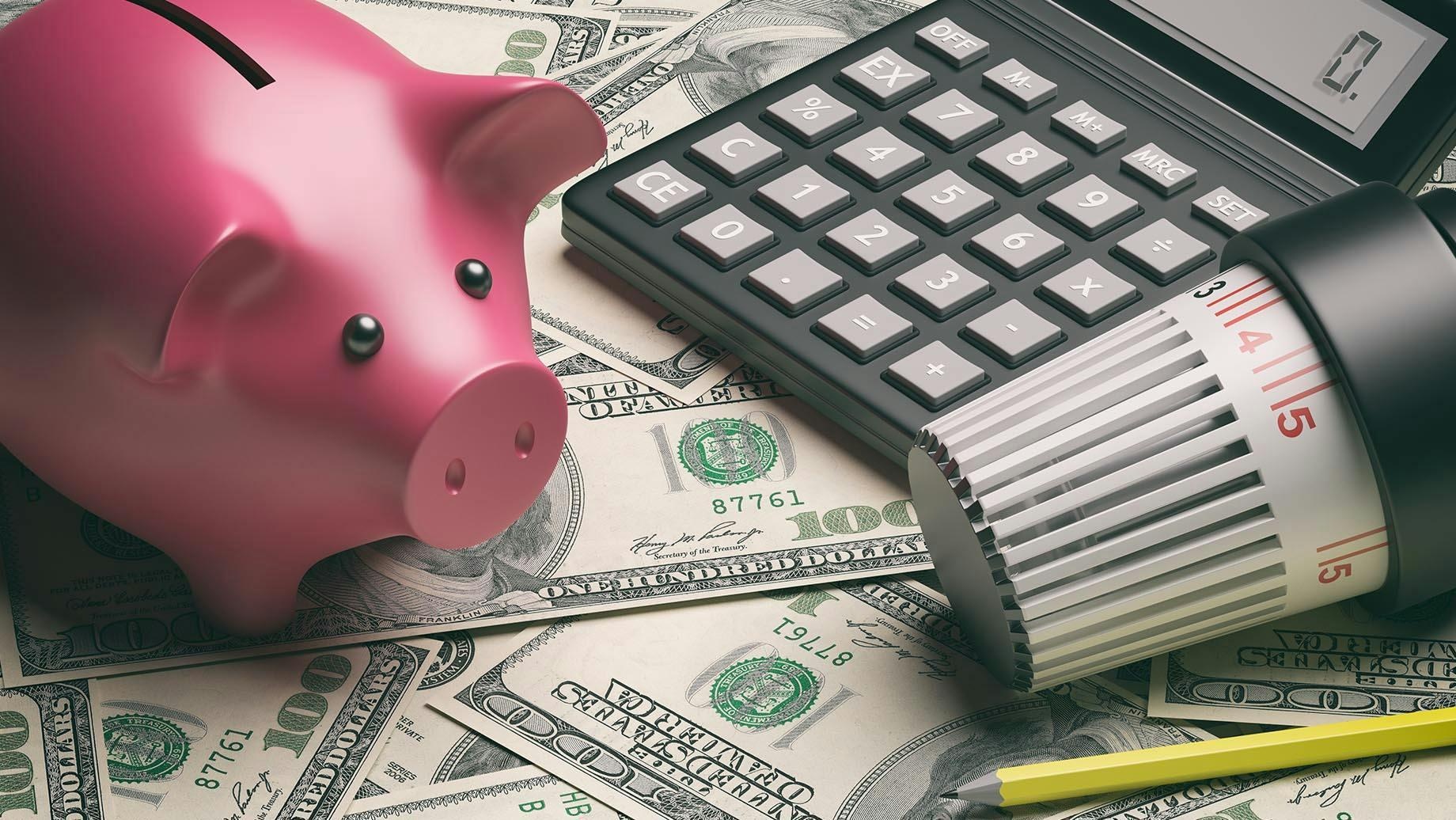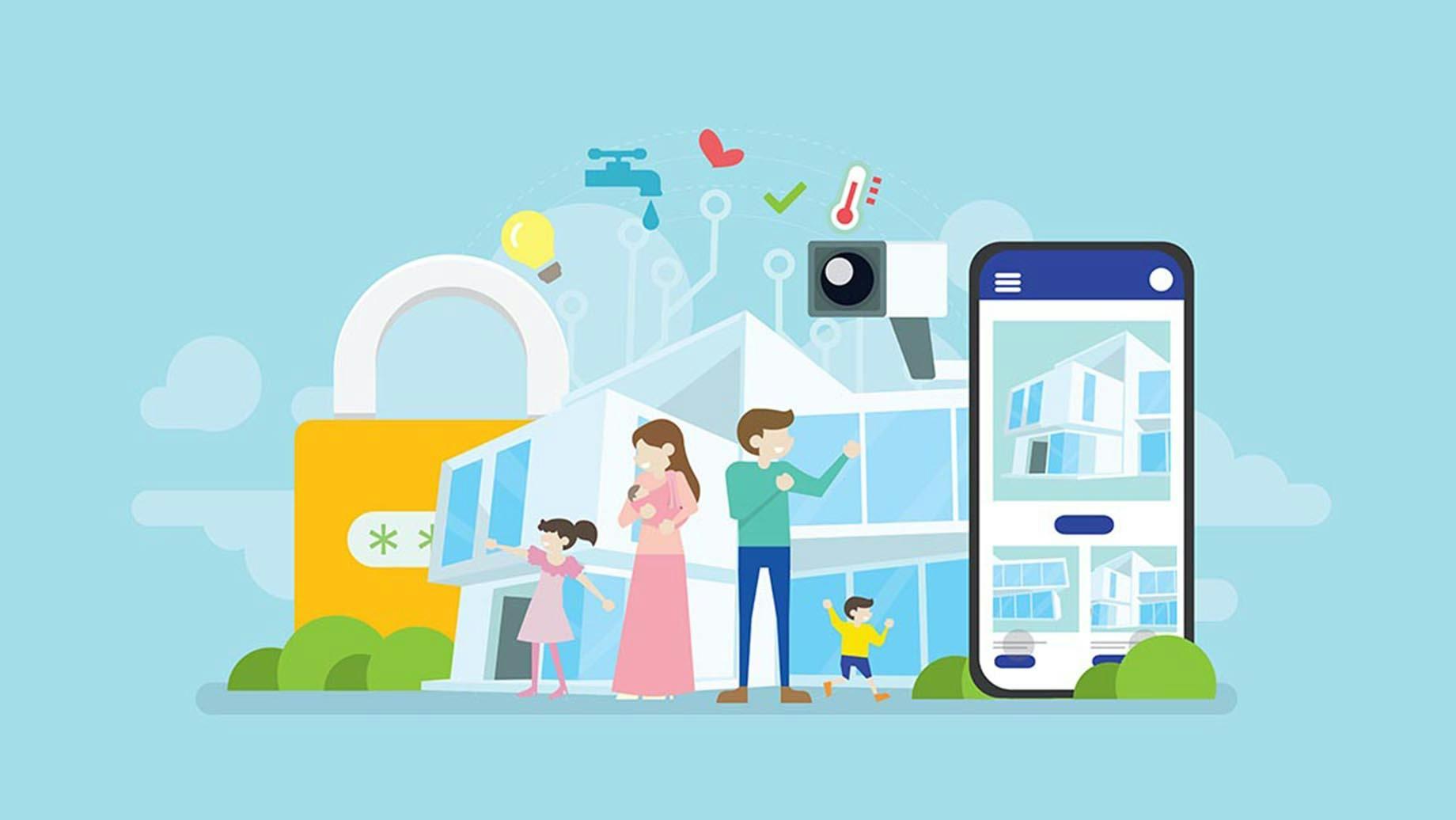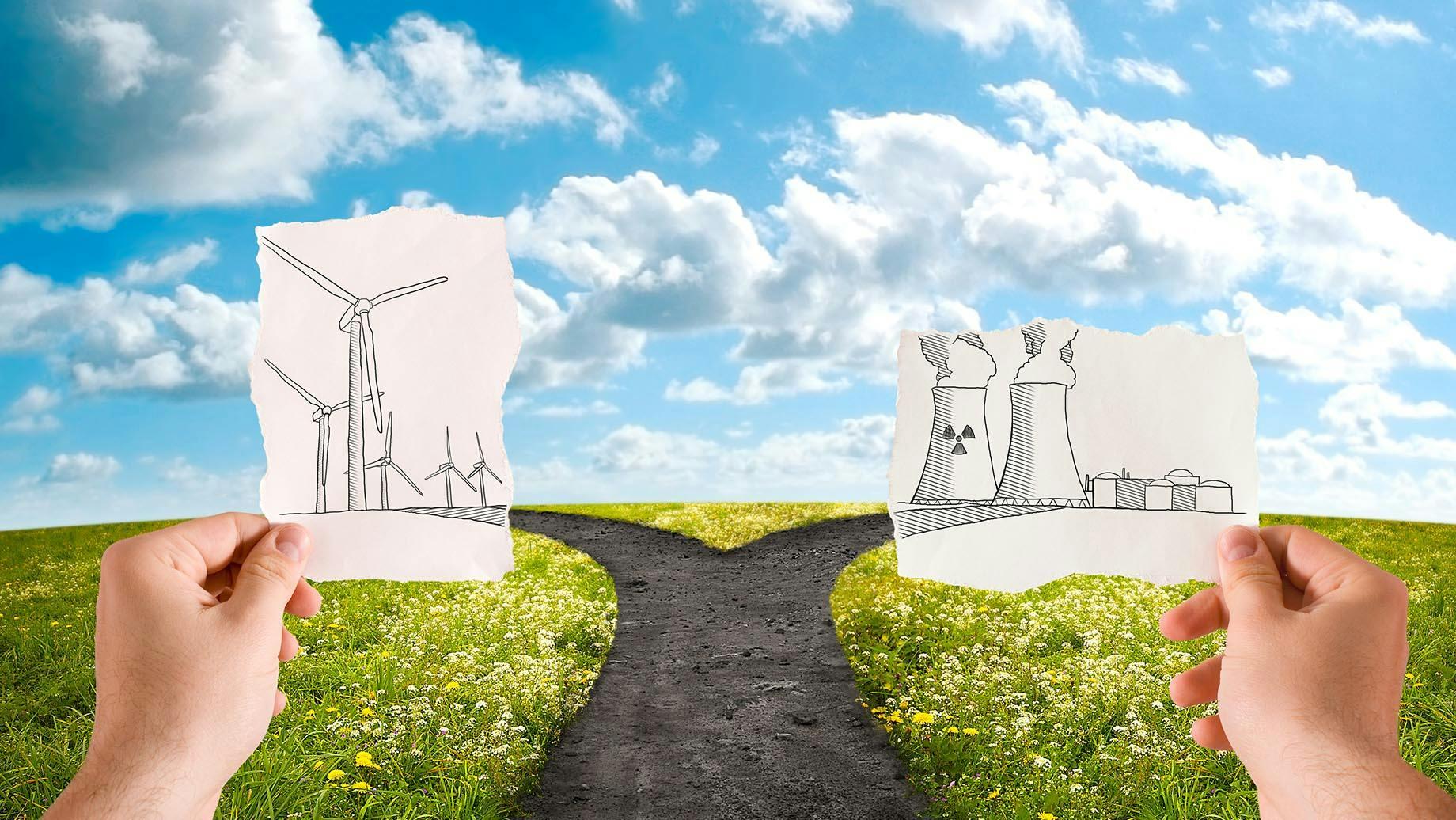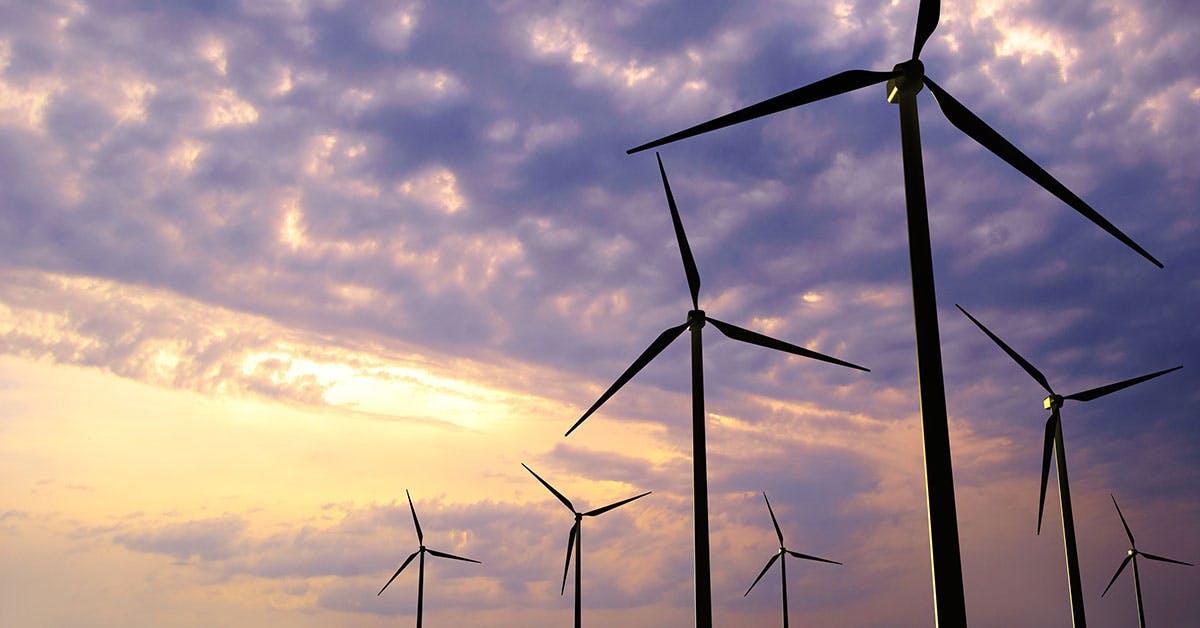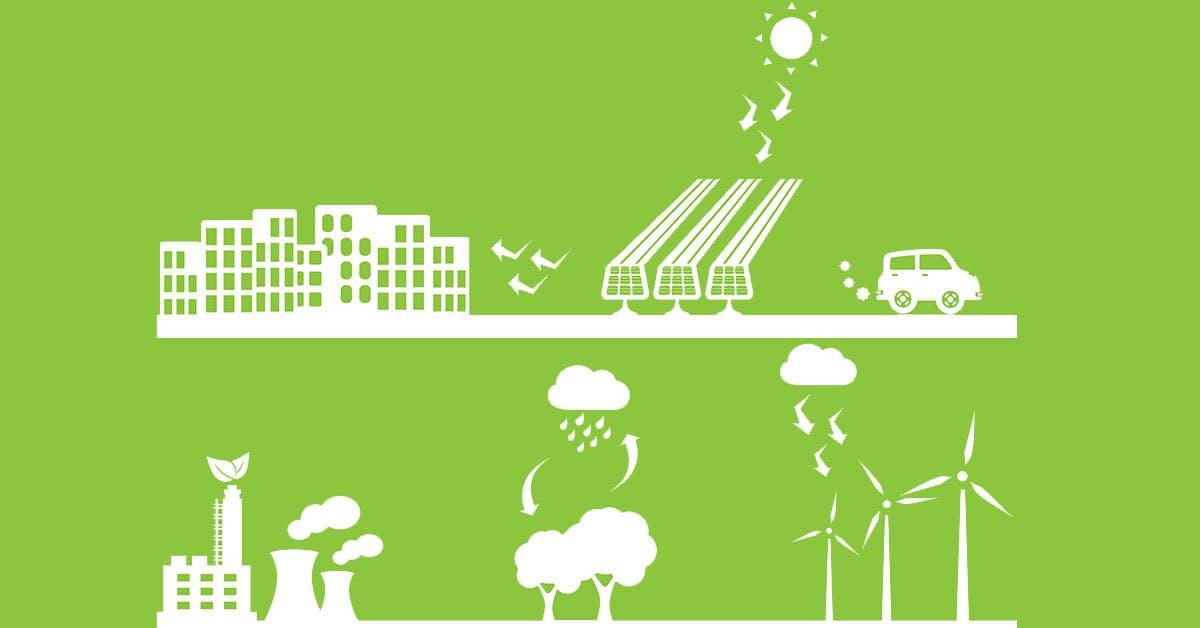
Reliable Energy Sources
Inspire Clean Energy
8 min read
category: Clean Energy 101
Don't worry about climate change— do something about it.
Our clean energy plans are the easiest way to reduce your home's carbon footprint.
Switch to clean energyReliable Energy: Most Reliable Energy Sources
Over the next decade, scientists expect our global energy needs to increase exponentially. And with fossil fuels expected to run out in the next century, we need to figure out which sources are the most reliable — and fast.
The global energy supply must be reliable and dependable enough to account for a growing population. Ideally, this energy should also cause minimal damage to the environment. Several energy sources can do this job, but which one is the most reliable?
Which energy sources are the most reliable?
Currently, nuclear power is the most reliable. It has supplied the US with well over 20% of our yearly power needs for the last thirty years. Nuclear power plants have the ability to produce power during 93% of the year, which is more than 2 times more reliable than natural gas and coal, and 2.5 to 3.5 times more reliable than wind and solar energy.
Of course, nuclear energy isn’t without its problems – namely, the waste it produces, which is highly toxic and requires careful storage and disposal. There’s also the risk of the damage power plants can cause if they encounter a major problem.
After nuclear, the most reliable sources are (in order):
- Natural gas
- Coal
- Hydropower
- Wind
- Solar
Which energy sources are unreliable?
Unfortunately, renewable energy sources are still the most unreliable, especially on a local scale. This is because the efficiency of renewable energy sources depends heavily on their location. For example, solar panels in Arizona will generate a lot of electricity, while those installed in Alaska will be far less productive.
The same goes for wind power: Oklahoma is the third-largest producer of wind power, while Mississippi, the least windy state, will have a much harder time. One benefit of wind power is that we can harness it in places where there are no people or even land. Offshore wind farms are an excellent way to utilize space within the sea – maritime winds blow more frequently, and they don’t disrupt the landscapes and ecosystems where people live.
As renewable energy technology becomes more efficient and more effective in low light or at lower or higher wind speeds, we’ll see these sources become more reliable globally.
Why are some energy sources more reliable than others?
This simply comes down to how easy it is to produce the energy, and then how easy it is to store.
For example, coal is difficult to extract but easy to store. We have to mine into the earth, which is extremely dangerous. For example, on October 27, 2020, a man died in a coal mine in Pennsylvania, and just over ten days before, two men died in Kentucky within a week. However, once the coal has been extracted, it is easily stored for long periods of time.
On the other hand, solar power is easy to find (no dangerous mining here!) but difficult to store because it requires a lot of battery power. The good news is this is something scientists and companies like Tesla are working on all the time.
What makes renewable energy sources unreliable?
Renewable energy sources are inherently better for the planet. They reduce our reliance on fossil fuels, which release carbon dioxide and methane into the atmosphere and contribute to air pollution and global warming. They also don’t require people to put their lives on the line to extract it.
However, they are subject to the whims of the weather, and we don’t have the battery power necessary to store it. Think about the size of the batteries you need in your TV remote, and then imagine the size you would need to cover the fluctuations in power needs and the weather for an entire country. It’s a lot.
However, it is worth remembering that, while the wind may not consistently blow everywhere, it’s almost always blowing somewhere. We can apply the same rule to the sun’s rays, which is where the idea of a network of renewable energy plants comes into play. More wind farms, solar farms, and hydropower plants would help build the infrastructure we need. Technology will improve the efficiency of battery storage, solar panels, and wind turbines in the future.
What makes solar power an unreliable energy source?
Solar power relies entirely on the sun’s rays shining continuously in one area. Solar power currently provides around 1.66% of the US’s electricity each year, and environmentalists hope that this number will rise over the next few decades.
Despite this, we can only harness solar power during daylight hours, and often not when it’s overcast, which can make it less reliable and consistent than some other renewable energy sources and fossil fuels.
Is renewable energy reliable?
Yes and no.
Yes, because it will always be available. As long as humans live on this planet, the sun will always shine, the wind will always blow, and water will always flow.
No, because while renewable energy won’t run out like nonrenewable sources will (gas, coal, and oil), it does depend on fluctuating natural resources.
Let’s examine each in more detail:
- Solar power: Solar power devices can only supply power when exposed to full sunlight, which makes it unreliable at night time and for anyone in parts of the world that are dark for long periods in winter (such as Alaska and Denmark). However, they are an easy addition to any rooftop or field. There is also thermal solar power, which is more reliable but currently inefficient.
- Wind power: Wind power is more reliable in many areas than solar power, as turbines can easily be erected offshore. However, they can only operate when the wind is blowing at a certain speed.
- Hydroelectric power: Hydroelectric power is created when dams use the natural flow of water to generate energy. These are extremely reliable on a large scale and reliable even in small rivers and streams in wet areas. The biggest problem with hydropower is it uses a lot of energy to create in the first place.
- Geothermal energy: Geothermal energy is harnessed from the natural heat of the earth’s core. We can capture this heat with steam and use it to power a turbine. This is a very reliable form of energy, but it is costly to build the necessary infrastructure, can’t be built on a small scale, and could be vulnerable to earthquakes.
- Tidal energy: Tidal energy, much like solar energy, comes in two types: mechanical and thermal. Mechanical tidal energy works by using the tide's energy to generate energy and thermal uses the surface temperature of the water to generate energy. The biggest limitation of tidal energy is simply that many of us live in land-locked areas, and it requires large machinery to be built on the coast, which obviously isn’t something most people are a fan of.
- Biomass: Biomass is created by burning organic matter to generate energy. This works in the same way as coal and can be grown relatively quickly to burn. However, it still produces harmful gasses.
You’ll notice that many of the limitations of the more reliable forms of renewable energy have qualities in common with nonrenewable sources. For example, coal mines are vulnerable to earthquakes just as geothermal plants are, and nonrenewable sources also require a lot of infrastructure and power to extract.
A combination of renewable and nonrenewable resources are currently being used to meet our needs, but the time will come, generations from now, when fossil fuels run out and renewable energy sources will have to take their place. Fortunately, many of these are clean energy sources, which will help fight global warming and the air pollution that puts many who live in urban areas at risk of respiratory problems and diseases.
How you can help create a cleaner future
The future of energy may sound strange, confusing, and even concerning, but the good news is that renewable, clean energy sources are growing fast. More governments, scientists, and companies are focused on creating the necessary infrastructure and technology so we can rely more heavily on them in the coming years.
The best way you can take action to speed up this process is to increase the demand for clean, renewable energy sources. When you switch your own home’s energy supply to renewable energy sources, you ensure there is more demand than ever for those sources, pushing businesses and the government to invest in the infrastructure sooner.
At Inspire Clean Energy, we want to make renewable energy accessible to everyone. We want to transform the energy landscape one home at a time, creating a sustainable energy movement that will last for generations to come. Our goal is to build a net-zero carbon future, and we’re passionate about helping people manage their energy consumption responsibly and healthily.
If you’re ready to join us, increase the demand for renewable energy sources, and create a cleaner world for your family, click here. We’ll switch your household supply to clean energy, instantly reducing your carbon footprint.
Not sure if renewable energy is right for you? Read the latest Inspire Energy reviews to see how we've helped customers make the switch.
Don't worry about climate change— do something about it.
Our clean energy plans are the easiest way to reduce your home's carbon footprint.
Switch to clean energy
Inspire Clean Energy
We're on a mission to transform the way people access clean energy and accelerate a net-zero carbon future.
Learn more about Inspire →Explore more
Recent Posts
Top Articles



